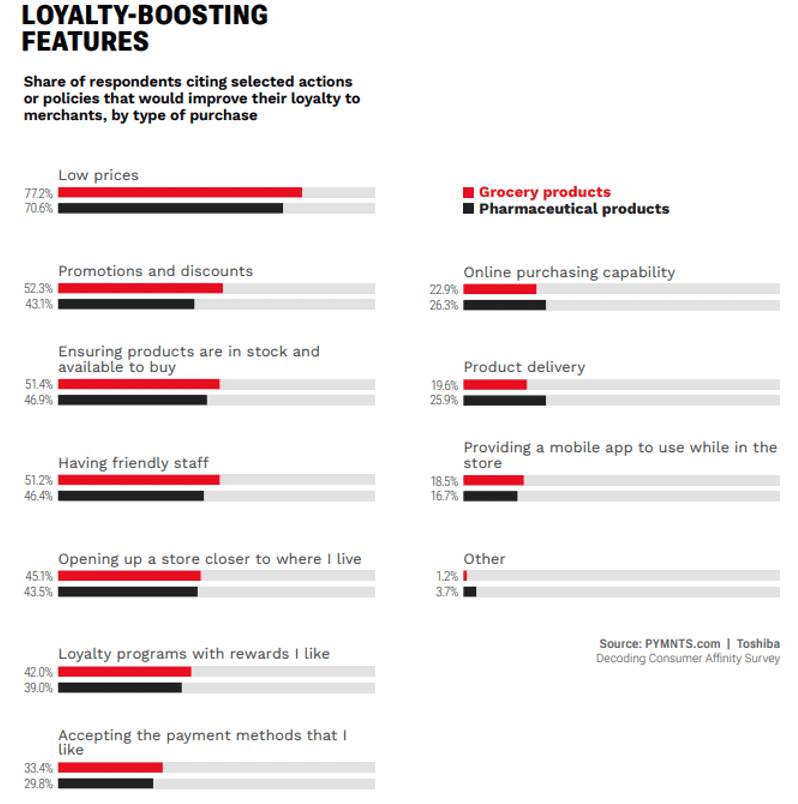Customers aren’t going to shop with merchants that don’t have the items they need.
Even as inflation ebbs worldwide and supply chains pick back up, grocery prices remain high, leading customers to maintain price-sensitive habits. U.S. consumers are generally choosing to shop at discount chains over smaller mid-size and independent stores. In the U.K., shoppers are opting to buy less at their regular grocers.
No matter which budget-saving strategy customers choose when they shop for groceries, ensuring the inventory they want is in stock is key to improving loyalty.

Google’s 2022 Year in Search bore out this sentiment, as its annual top-10 search roundup included grocery item shortages plaguing customers, such as baby formula, sriracha, avocados and lettuce.
Supply chain shortages and mishaps have been a well-known factor in grocers’ struggle to keep their shelves stocked, but consumers’ changing shopping patterns have increasingly been an influence as well. Although most customers still shop in stores, those who prefer online grocery shopping make more frequent transactions, spending 10% more overall. This has led to a greater need for labor among grocers, particularly for delivery or other out-of-store fulfillment.
Grocery chains of all sizes are joining the race for customer loyalty through the best-stocked shelves. Last spring, Minnesota-based Lunds & Byerlys launched vision- and artificial intelligence (AI)-powered shelf scanning technology created by retail tech company Pensa into its 28 locations throughout the state. The tool is intended to reduce labor needs for inventory management, as well as to improve accuracy and transparency for online grocery shoppers.
Arizona-based Sprouts Farmers Market, with nearly 400 stores across 23 states, is taking a different approach. Via its partnership with Pod Foods, a wholesale marketplace platform for grocers and emerging consumer packaged goods (CPG), Sprouts can keep its shelves stocked while also keeping abreast of industry trends.
Small, independent grocers are also adopting tech to meet their customers’ changing needs and habits. Massachusetts grocer Previte’s Marketplace relies on outside vendors such as Markt POS to manage digital POS and inventory needs at its two locations. In a PYMNTS interview, Previte’s Director of IT Dave Capaldo explained the unique tech needs of a smaller grocer.
“Smaller grocers don’t have an IT department, so we rely heavily on help from vendors,” he said. “If you’re looking at somebody like Kroger or other big grocers, they’ve got a fleet of people working on things like data and processing and all those things. That’s the key thing — we’re more reliant on vendors … You can buy eggs from anybody, but your technology partner is critical, and having a close relationship and a good relationship [is the key].”
Indeed, grocery giant Kroger has teamed with Deloitte and Google Cloud to improve shoppers’ in-store experience. Last week, the three companies announced a collaboration to create a task management application. Powered by Google’s AI, the tool provides a store management app along with shelf-stocking and inventory information.
With increasing adoption across the sector, real-time inventory management is on track to become the next expected feature for consumers, instead of a “nice to have.” Grocers seeking to retain customer loyalty will benefit from delivering on this demand.